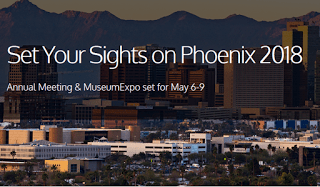
The call for proposalsfor AAM’s 2018 Annual Meeting & MuseumExpo is open! I hope you are busy working on ideas you want to present in Phoenix next May.
While I work on my own session proposal, I stop periodically to make notes on sessions I hope other people are putting together. Here’s are a few topics that I, personally, would love to hear about next year—one for each of the STEEP categories (social, technological, economic, ecological and policy/political) that guide futures scanning.
I’ll go in reverse order (PEETS?) so I can lead with a policy trend related to this year’s conference theme (how museums celebrate the ways that learning and innovative educational practices can bring people of all ages, ethnicities, and demographics together). Can anyone put together a panel sharing how museums are integrating with the increasing number of schools and school systems adopting personalized learning? That phrase—“personalized learning”—is being used in a variety of ways. Sometimes it refers to computer software that lets a student progress through content at their own pace. I’m interested in the broader concept—that schools should help students tailor their course of study to their own passions and to the ways they learn best. Sometimes this approach is implemented by individual schools (such as Canada’s Blue Sky School), sometime by chains (such as Wildflower Montessori micro-schools). Some states, notably Vermontand Rhode Island, are embedding personalized learning into the public school system. I’m hoping for a future in which students incorporate museum resources into their personal learning plans, and I’d love to hear from museums already engaged in this work.
 On to Ecology. Many communities in the US and around the world face significant threats from climate change—rising sea level, increasingly frequent and severe storm events, extreme heat, drought etc. etc. City planners have to grapple with how to adapt to these risks. Some communities (internationally, some whole populations) may need to relocate altogether. I would love to hear from museums taking a lead in helping their communities plan for that future, whether through exhibits, public forums, or participation in formal government planning teams.
On to Ecology. Many communities in the US and around the world face significant threats from climate change—rising sea level, increasingly frequent and severe storm events, extreme heat, drought etc. etc. City planners have to grapple with how to adapt to these risks. Some communities (internationally, some whole populations) may need to relocate altogether. I would love to hear from museums taking a lead in helping their communities plan for that future, whether through exhibits, public forums, or participation in formal government planning teams.
Economy. Financial sustainability is one of three thematic areas of focus in the Alliance’s strategic plan. For that reason, I’ve been blogging and speaking about a number of innovative, mission-related income streams being developed by museums around the world: museums operating co-working spaces or business incubators, providing professional training to medical students or law enforcement personnel, building business models around research collections resources. Some museums are becoming developers, landlords, even hotel operators in pursuit of both mission and financial stability. I hope some sessions in Phoenix share other emerging business models.
My next pick looks at the potential ripple effects of the growing popularity of personal genomics. Companies such as 23&Me are creating business based on relatively affordable home “spit tests” to create personalized reports about an individual’s DNA. Ancestry.com, which already has built a thriving business around genealogical research, has launched AncestryDNA, with the sales pitch “uncover your ethnic mix, discover distant relatives, and find new details about your unique family history.” I’ve always considered personal genealogical research as a way to hook people on history more broadly. Are there museums out there helping people use their personal genomic profiles to connect to stories, and objects, in the museum?
Wrapping up with a social/cultural issue, I would really like to attend a session that might be titled “Difficult Conversations in the Age of Social Media.” There are so many platforms now on which people share their concerns—this makes it extremely challenging for an organization to figure out when, and how, to respond. When is it effective to use Twitter to respond to tweeted complaints, and when it is better to pick up the phone? How can museums respond when a negative hashtag goes viral? I don’t know whether to classify this as part of the public relations track (and drop hints to the PR and Marketing Professional Network), or whether this is more a more fundamental issue regarding communications skills, and communication norms, in our digital age. I just know I could use some shared wisdom on the topic!
I asked my colleague Dr. Nicole Ivy, Director of Inclusion at the Alliance, and fellow museum futurist, whether there are any sessions she would like to instigate. She suggested Museums and the Future of Work. Nicole writes, “Futurists and other thought leaders describe a future workforce characterized by automation, distributed work sites, and increased freelancing and contingent work. Many people project that in this new and fundamentally changed workforce, the conventional educational path (college courses and degrees followed by graduate-level study) will give way to new forms of professional development. These new forms of training will enable workers to quickly learn new skills and practice them in globalized and evolving job markets. Has your museum witnessed signs of the changing work landscape? Have you utilized new tools—including open data and artificial intelligence—to transform your museum’s internal operations and/or visitor engagement? Have you recruited–or hired–staffs whose educational backgrounds lie outside of traditional museum studies professionalization? How have you, or your museum, initiated or responded to changes in the way the field does its work?”
Neither Nicole nor I sit on the National Program Committee, so we don’t get a vote on what is included in the final program. What we CAN do is offer feedback, advice, leads and encouragement if you want to develop any of these ideas into session proposals. Contact us at emerritt (at) aam-us.org and nivy (at) aam-us.org. On
Twitter I am @futureofmuseums and Nicole is @nicotron3000. You can use the comment section, below, to search for collaborators, and/or start a discussion thread on Museum Junction. I look forward to seeing you in Phoenix!
Update as I publish: The Museum of International Folk Art and the International Coalition of Sites of Conscience are organizing a session proposal around the theme of working with people in prison and invite other organizations doing similar work to contact them about possibly joining that panel presentation. To take them up on this invitation, contact Tramia Jackson, Program Associate, Methodology and Practice, International Coalition of Sites of Conscience, tjackson (at) sitesofconscience.org
Twitter I am @futureofmuseums and Nicole is @nicotron3000. You can use the comment section, below, to search for collaborators, and/or start a discussion thread on Museum Junction. I look forward to seeing you in Phoenix!
Update as I publish: The Museum of International Folk Art and the International Coalition of Sites of Conscience are organizing a session proposal around the theme of working with people in prison and invite other organizations doing similar work to contact them about possibly joining that panel presentation. To take them up on this invitation, contact Tramia Jackson, Program Associate, Methodology and Practice, International Coalition of Sites of Conscience, tjackson (at) sitesofconscience.org
Yours from the future,
Elizabeth

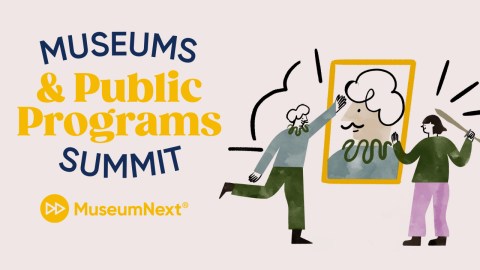
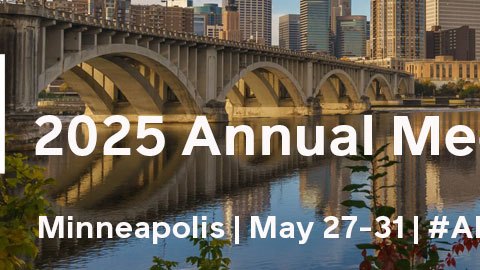
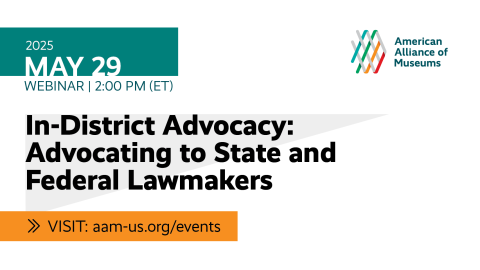
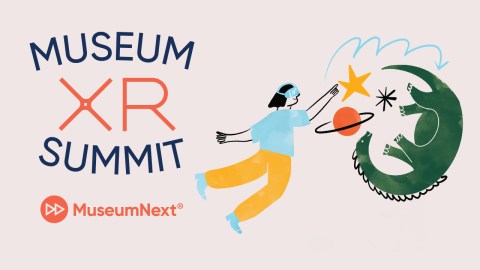
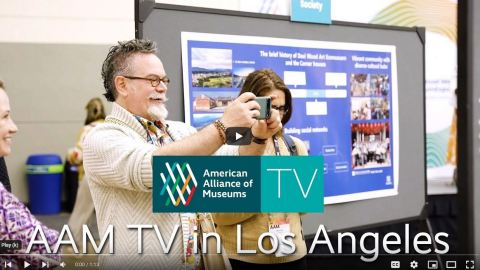



In terms of ecology, our organization, the Central Sierra Historical Society & Museum, is working on a series of workshops that study the history of human use of our natural resources in hopes of a better understanding for making future decisions.
It is our intent that the Public Policy Workshops will cover a variety of subjects over the next four years, from water to wildlife and the interaction between our natural resources and human use of them. Due to the ever-increasing threat of fire and the epidemic of dead trees in our forests, we have decided that the first year of workshops will focus on wildfire.
We will host three different groups for two day sessions. The first will be geared toward legislators and policy makers. The second will be for those working in related fields such as forestry, fire suppression, wildlife biology, and timber. The last group will be for community members and those living in areas affected by wildfire.
Attendees will spend the first day in our museum learning from a variety of speakers and on the second day will be out in the field touring areas that have been affected by fire or that are prone to it. We are proud of the team we have assembled to bring this educational opportunity to life. It is our hope that through the understanding of historical trends we can help make better choices for our planet's future.
– Lisa Crain